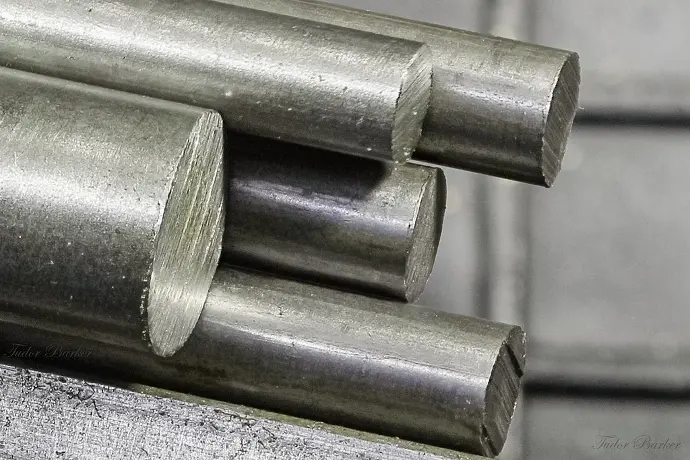Metal manufacturing is a multifaceted process. Raw materials undergo an extensive journey, moving from the mill to the final user. Throughout production, the metal passes through numerous stages and parties before becoming a finished product. With so many transitions, how can you maintain consistent quality? The key is in heat numbers.
What Are Heat Lots?
Heat numbers, or heat lots, are identification codes marked on metal material. They are crucial for ensuring that metal quality remains consistent throughout the entire production process.
These codes indicate that each batch meets the manufacturer's standards and specific requirements for that type of metal. Essentially, heat numbers allow producers to track each production run, ensuring effective quality control at every stage.
Why Are Heat Lots Important?

Heat lots are essential for verifying the quality of metal coils delivered to service centers. When a large coil arrives from the mill, its heat number confirms that the metal adheres to required standards.
Each coil is accompanied by a Mill Test Report that provides important information, including the source of the raw material and the coil's specific chemical and physical properties. This data is critical for quality control and compliance.
Unfortunately, some overseas mills may not fully disclose the metal’s true origin or composition. To maintain quality control and regulatory compliance, it is essential to document these details accurately. Heat numbers play a key role in ensuring that this crucial information is correctly reported.
Get Your Free Quote Today
Don't wait any longer on your project!
Understanding Material Test Reports (MTRs) vs. Mill Test Reports (MTRs)
Material Test Reports (MTRs):
Serve as comprehensive records of a metal's characteristics. They certify that the received metal meets all required specifications, detailing mechanical properties, chemical composition, and more.
Mill Test Reports (MTRs):
On the other hand, originate specifically from the mill that produced the metal. They also confirm that the metal meets specifications but focus on data such as chemical composition and physical properties, based on testing conducted at the mill.
Both reports are issued directly by the entity conducting the testing, whether it is a third-party facility or the mill itself. The transparency provided by Material Test Reports and Mill Test Reports ensures consistent quality and regulatory compliance throughout the metal supply chain.
Achieving Metal Compliance Standards Using Heat Numbers
Utilizing transparent data from Mill Test Reports, heat numbers serve as essential tools for compliance. This documentation ensures that only high-quality metal from trustworthy mills progresses through each stage of the supply chain.
This framework establishes crucial oversight in the intricate global metal industry. Heat numbers empower manufacturers to uphold uniform quality and adhere to compliance standards across international boundaries.
Summary
Metal manufacturing involves a complex journey from raw materials at the mill to the final product. Throughout this process, ensuring consistent quality is paramount, facilitated by heat numbers. These identification codes stamped on metal materials play a critical role in maintaining quality control.
Heat numbers verify that each batch meets rigorous manufacturer standards and specific metal requirements, enabling thorough tracking and compliance checks at every production stage.
This transparency, supported by detailed Material Test Reports (MTRs) and Mill Test Reports (MTRs), ensures that only high-quality metal, backed by accurate data on its properties and origins, enters the supply chain. Heat numbers thus serve as essential tools in upholding uniform quality and meeting compliance standards across the global metal industry.